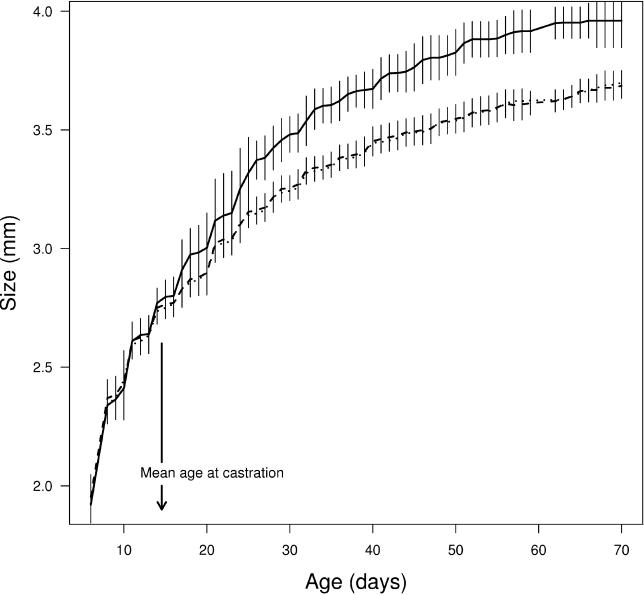Figure 4. Growth of Genetically Identical D. magna Females Depending on Infection with the Castrating Bacterium P. ramosa .
Solid, dashed, and dotted lines represent mean size of infected, exposed but not infected, and unexposed control daphniids at the given ages, respectively. The error bars represent ±1 standard deviation of mean size at the given ages. The number of replicates in each treatment is infected ( n = 39), exposed but not infected ( n = 102), and unexposed control ( n = 71). Nonlinear generalised least-squares models for the growth curves showed that the asymptotic size of infected daphniids were significantly larger than both the unexposed controls and exposed but not infecteds, while the asymptotic size of two latter groups did not differ. This shows that only infections can induce host gigantism while parasite exposure alone is insufficient in doing so. For more details about the statistics, see Materials and Methods. Mean age at castration is explained in Figure 1.

